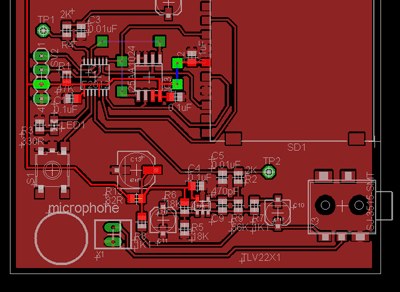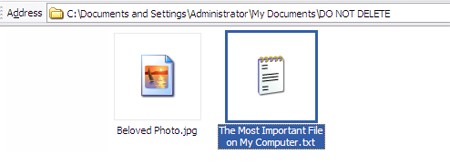
Nokia LCDs have been a popular choice for hardware projects for quite a while. [Ramandeep] published a how-to on interfacing the 1100 series LCD with a PIC controller. The 1100 features easily soldered contacts and a backlight, making it an good choice for adding an LCD to your project.
Misc Hacks4191 Articles
Drawing Images On A Character Display

[Dean Hall] doesn’t seem to know his Simpsons characters very well, but that didn’t stop him from coming up with this method for displaying a bitmap on an LCD character display with a Hitachi HD44780 chip.
[Hall] used an LCD with two 16 character rows and 8×5 pixels in each character. He displayed the image over 2×3 characters, which gave him 17×18 pixels (including the spaces between the characters) to work with. The first step after acquiring an image is to rasterize the image by hand onto graph paper. This won’t be scanned, it’s just a diagram to determine which pixels to light up.
Once the 6 characters were determined, [Hall] used this handy web-based tool to convert his graphed diagram to bitmap data. The data is loaded onto the microcontroller and the image shows up on the LCD. This is a pretty straightforward project, just be sure you properly identify your monkeys.
[via YourITronics]
LED Lightbar Controller
[youtube=http://www.youtube.com/watch?v=6ihIaNN9UBY&hl=en]
[Adam Grieg] recently posted this video of his LED lightbar controller at work making a strip of LEDs flash to the beat of his music. The controller does it by picking up the music via an electret microphone, then amplifying it with an LM386 Amp. The ATtiny13 microcontroller keeps track of the noise level and makes the LED array flash whenever it senses a peak.
In addition to the parts listed, [Grieg] used a small SparkFun box as the enclosure for the controller. If you’re considering trying your hand at this project, check out [Grieg]’s schematics and code. It’s relatively cheap to make, so it wouldn’t be that hard to rig up several of these set to flash at different frequencies.
[via SparkFun]
Accelerometer Mouse From Scratch

[Mahavir] sent in his group’s final project for the College of Engineering in Pune (it’s over here). They built an accelerometer based Bluetooth mouse. They ended up creating a mouse that maps rotational movements to x/y motion. From the video movement, it strikes us as responding the same way that touch pointer mice do. You can hit the demo video after the break or get more details from the project page. Even if you’re not into the mouse idea, you can probably learn something from their Bluetooth implementation.
Eagle 5 Overview

Not sure how we missed this when it was originally published, but our friend [Ian Lesnet] at DIY Life posted an overview of Cadsoft’s new release Eagle 5. This upgrade seems to be all usability tweaks-it really took 5 versions before you could right click? They also made CTRL+Z undo. Really. Eagle3D works nearly the same as before, but has a few changes to help you figure out why certain parts aren’t rendering. We’re happy to see the OSX version is now Universal and no longer needs X11.
RoboGames 2008 This Weekend
The fifth annual RoboGames is happening this weekend in San Francisco. RoboGames is a broad reaching competition designed to bring together specialists in all areas of robotics. Last year’s event had 800 entries in 62 different events. The biggest audience draw is definitely the combat robots shown in the video above, but there are other skill and task based competitions. If you’re in the area, this is definitely worth your time. Check out ROBOT magazine’s coverage from last year to get an idea of what you’ll see (or in our case miss).
[thanks io9]
Data Recovery Tools

In your zeal to delete your data, you may have accidentally deleted files that you wanted to keep. Lifehacker has posted this handy list of data recovery tools to help you get those files back.
As you may know, whenever you delete a file, the only thing that changes is the file system. The data of the deleted file is still on the hard drive, but the file system sees the space containing the file as “blank” writable space. Data recovery software typically looks into the directory where the file was stored and scans it, finding any files not listed in the file system.
The program you choose for this task will not only be determined by your OS, but also by the specifics of your recovery needs. Do you need to recover a single file? Many files? A whole hard drive? An unbootable drive? A really scratched optical disk? Specialized tools for all of these needs are available, and this article will help you find the right program for yours.










